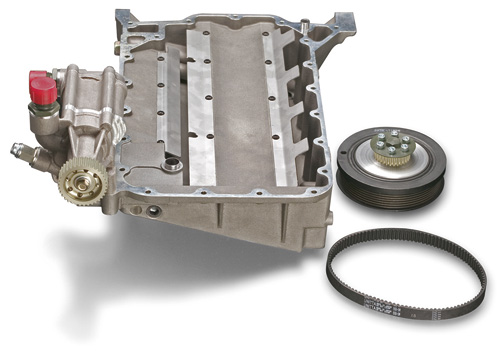I got on one of those "how hard can it be?" kicks yesterday afternoon and started poking around the internet for dry sump info. I found the Dailey Engineering site and they list both "street" and "full race" applications for the NSX.
The only reference I found to that company on Prime is on the LS7NSX thread (obviously not a C30A/C32B). Does anyone have experience with this product, or know of anyone else who makes a purpose-built setup for a C30A?
While my car isn't a dedicated racecar, if this can be accomplished with more-or-less bolting on a pan, pump(s), tank, and hosing/piping....why not?
Anticipating predictable responses: Yes, I know an accusump would probably get the job done and is available in various reasonable kits. I may resort to that, but it just seems like a band-aid (ok a little more substantial than that) vs. fixing the "flaw" itself.
I found These threads on Prime, but none really go anywhere useful as far as "how-to":
http://nsxprime.com/forum/showthread.php?t=42794
http://nsxprime.com/forum/showthread.php?t=5317
The only reference I found to that company on Prime is on the LS7NSX thread (obviously not a C30A/C32B). Does anyone have experience with this product, or know of anyone else who makes a purpose-built setup for a C30A?
While my car isn't a dedicated racecar, if this can be accomplished with more-or-less bolting on a pan, pump(s), tank, and hosing/piping....why not?
Anticipating predictable responses: Yes, I know an accusump would probably get the job done and is available in various reasonable kits. I may resort to that, but it just seems like a band-aid (ok a little more substantial than that) vs. fixing the "flaw" itself.
I found These threads on Prime, but none really go anywhere useful as far as "how-to":
http://nsxprime.com/forum/showthread.php?t=42794
http://nsxprime.com/forum/showthread.php?t=5317










